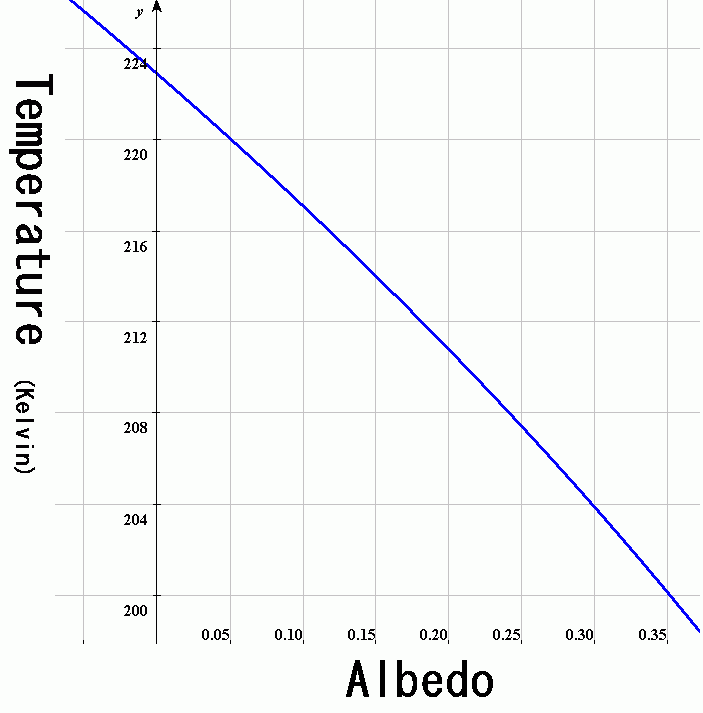Team:Tokyo Tech/BlackenedEcoli
From 2009.igem.org
| Main | Team | Terraforming | Experiments | [http://partsregistry.org/cgi/partsdb/pgroup.cgi?pgroup=iGEM2009&group=Tokyo_Tech Parts] | Safety |
Contents |
Achievement
1, We created Blackened E.coli by the melA gene.
2, We built melA into Bio-Brick parts.
Introduction ~Why do we need a Blackened E.coli~
We considered that black pigment enable E.coli to control the Martian temperature, get the heat energy that helps bacteria grow. Moreover, it protects E.coli genome from UV. It's because black pigment has a high efficiency heat absorption and absorbs Ultra Violet. One of the famous black pigment is a Melanin which was seen in a number of organisms. Previously, it’s noted that the body color of E.coli was changed from white to black by an accumulation of Melanin in the cells. Melanin was made by the melA gene. The melA gene code for a Tyrosinase (EC 1.14.18.1). Tyrosinase catalyzes the first step of Melanin production pathway to make Dopaquinone. After production of Dopaquinone, Melanin is generated by nonenzymatical chain reaction, so overexprssion of tyrosinase in E.coli causes accumulation of Melanin.
Increase Martian temperature
We estimated the temperature change under hypothesis that we can control the reflection rate of Mars by blackening Martian surface. According to Stefan-Boltzmann law, energy radiated per unit surface of a black body in unit time is calculated as
σT4,
where T is the temperature of the black body and σ = 5.67 * 10 − 8(W / m2K4) is constant value. The total energy that comes from the sun is calculated as
S(1 − A)πr2,
where S = 597(W / m2) is the energy which actually reaches Mars from the sun, A is the albedo of Mars and r = 3.3972 * 106(m) is the radius of Mars. Albedo is a ratio at which a planet reflect the sun light. Regarding Mars as blackbody, the radiative equilibrium temperature of Mars is estimated as
If we succeeded in decreasing the albedo by making Mars black, the temperature will change as the graph shows. x axis is albedo and y axis is temperature in Kelvin. If we could change the albedo from 0.15 to 0.05, the temperature of Mars would increase by about 6 Celsius degrees.
Increase Reserving thermal energy
E.coli can get thermal energy, even if it is a little, by changing the body-color to black and uses the energy for its metabolism.
Protection from UV ray
UV strength on the Mars’ surface is weakened by initial energy supply of our project. But it can be easily changed by the convection of the atmosphere. So, we think it significant to blacken E.coli, which can protect them from variable UV ray.
Utilize Melanin production pathway
Melanin was made by Tyrosinase (EC 1.14.18.1). Tyrosinase catalyze the first step of Melanin production pathway to make Dopaquinone. After production of Dopaquinone, Melanin is generated by nonenzymatical chain reaction. So, Overexprssion of tyrosinase in E.coli cause a large amount of Melanin.
Materials and Methods
Bacterial strains and cultivation
Escherichia coli K-12 JM109 was cultivated in Casein medium during melA expressing analysis. Casein medium used for melA expressing analysis contained, per liter, 1g glucose, 5g NaCl, 0.1g CaCl2, 10g bactotryptone, 15g agar, 5g casein, 0.4mg CuSO4 and 2g l-tyrosine.
Construction of the melA gene
The coding sequence of melA gene from Rhizobium etli CFN42, which was synthesized and optimized sequence by GENEART.
melA expressing analysis
We transformed respectively melA expressing vector [http://partsregistry.org/wiki/index.php?title=Part:BBa_K193602 BBa_K193602] and control(BBa_K193602 without melA) into JM109 strain, and cultured them. Then we dispersed cultured strains on Casein medium. After 72 hour, we took a picture and measured darkness of these medium. Darkness was quantified with ImageJ software.
Result
As shown in the Blackened E.coli , the color of the strain expressing tyrosinase became 10-fold darker than that of the control. This result indicates that the expressed tyrosinase functioned and melanine was accumlated as estimated.
This experiment was conducted by Takayuki Shima and Kazuaki Amikura.
Discussion and Future vision
In conclusion, we built melA into BioBricks and created blackened E.coli by melanin.
Further blackened E.coli
Below figure is the simplified image of Phe and Tyr biosynthesis pathway. According to previous study, overexpression of aroG and TyrA induce large accumulation of Tyrosine in E.coli. So, we are planning to construct new igem parts which express aroG and tyrA.
Control Martian temperature by temperature regulated response color change
Finally, we want to create temperature-regulated melA generator using cI_ts system. cI-ts is a temperature-sensitive repressor which binds to pL promoter under low temperature. When temperature exceed the threshold temperature, cI-ts is released from the promoter and expression of tyrosinase is induced.
If this plan is completed, E.coli turns to black to heat the Mars while surface temperature is low. When the Mars temperature exceeds threshold, production of melanin is stopped and color of E.coli turns to white.
References
- Cabrera-Valladares, N., A. Martinez, S. Pinero, V. H. Lagunas-Mun˜oz, R.Tinoco, R. de Anda, R. Vazquez-Duhalt, F. Bolivar, and G. Gosset. Expression of the melA gene from Rhizobium etli CFN42 in Escherichia coli and characterization of the encoded tyrosinase. Enzyme and Microbial Technology 38 (2006) 772–779
- Christine Nicole S. Santos and Gregory Stephanopoulos. Melanin-Based High-Throughput Screen for L-Tyrosine Production in Escherichia coli. APPLIED AND ENVIRONMENTAL MICROBIOLOGY, Feb. 2008, p. 1190–1197
- Lu¨tke-Eversloh, T., and G. Stephanopoulos. L-Tyrosine production by deregulated strains of Escherichia coli. Appl. Microbiol. Biotechnol. 75 (2007):103–110.
- New Mars • View topic - Terraforming with a Broom [http://www.newmars.com/forums/viewtopic.php?t=5316]
- Dim Martian Surface May Fuel Global Warming [http://www.scientificamerican.com/article.cfm?id=more-heat-than-light-dim]
 "
"






